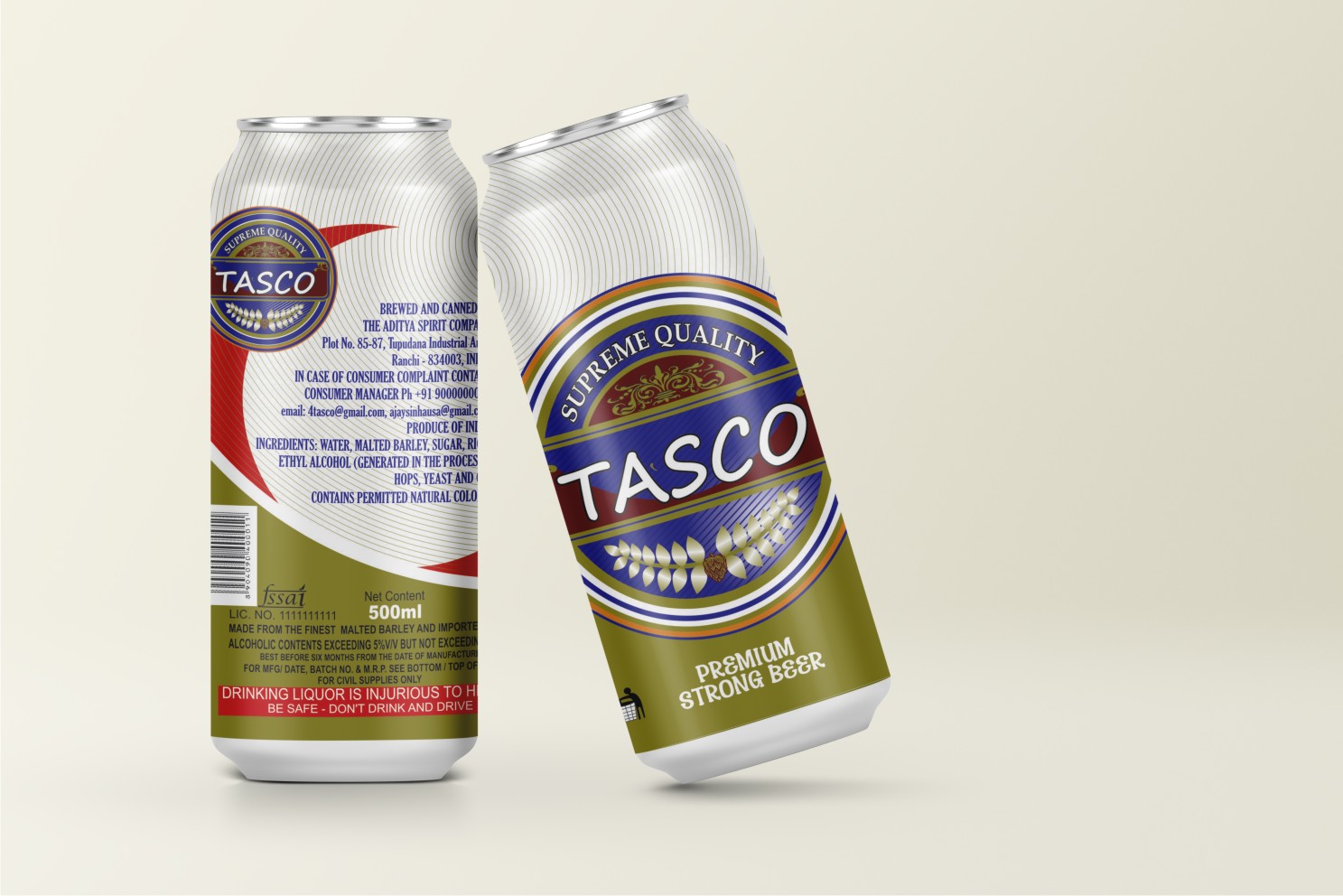HOW WE MAKE IT
Beer production is the process of brewing beer, which involves several key steps to transform raw ingredients into the popular alcoholic beverage. While the specific techniques and equipment used may vary, the general process remains relatively consistent.
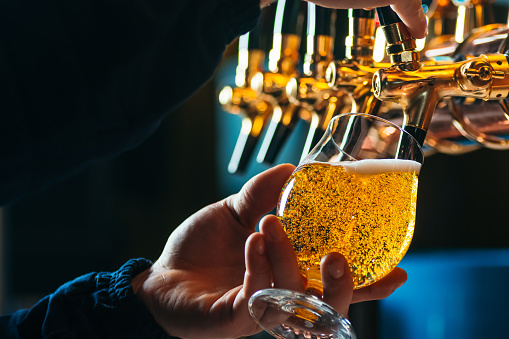
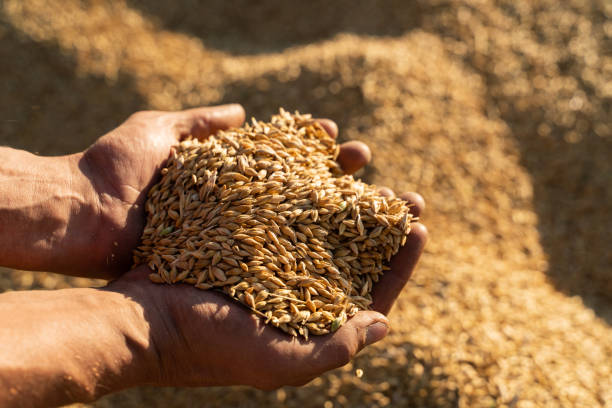
The process begins with malting, where barley grains are soaked in water and allowed to germinate. During germination, enzymes are activated, which convert the starches in barley into fermentable sugars. After germination, the grains are dried in a kiln to stop the germination process. This dried malt is then milled to break the grains into smaller particles.
The milled malt is mixed with hot water in a process called mashing. This activates the enzymes present in the malt, which convert the starches into sugars. The mixture is held at specific temperatures for a period of time to allow enzymatic activity and sugar extraction.
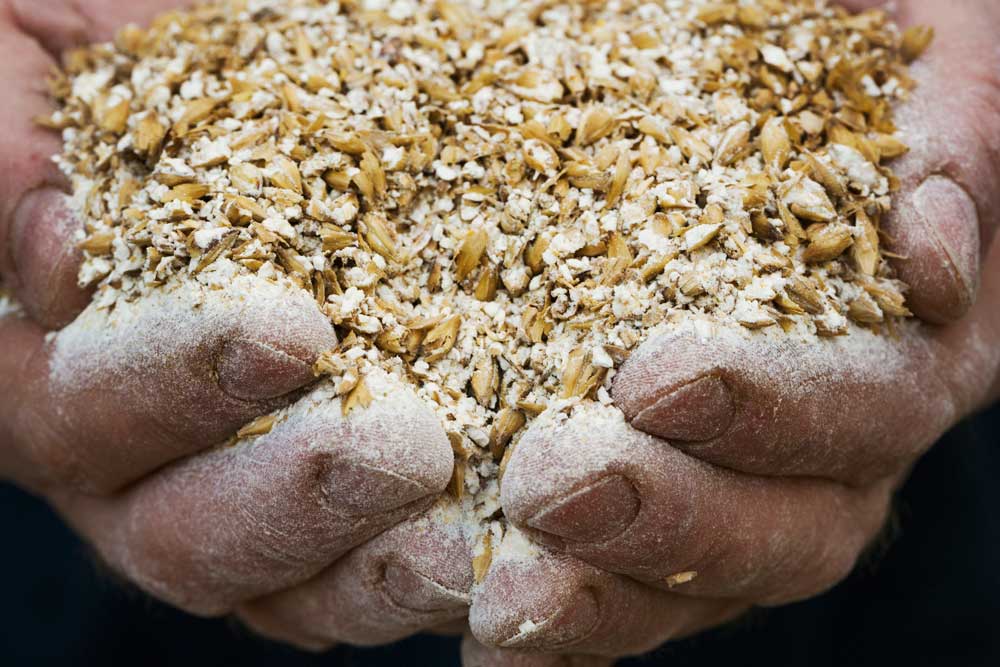

Extraction: During mashing, hot water is added to the milled malt to create a mixture known as the mash. The purpose of this step is to activate enzymes present in the malt and facilitate the conversion of starches into fermentable sugars. The temperature and duration of the mash are crucial as they influence the enzymatic activity and the types of sugars extracted.
Separation: After the mashing period, the liquid wort needs to be separated from the solid grain material. This separation step is called lautering. The purpose of lautering is to collect the sugar-rich liquid while leaving behind the spent grains, also known as the "draff" or "spent grain."
When it comes to the brewing process, boiling the wort is a critical step following the mashing and lautering stages. Boiling serves several purposes, including sterilization, flavor development, and enzymatic deactivation. However, the concept of "weak wort" is not directly related to the boiling process but rather refers to a low concentration of fermentable sugars in the wort. During mashing, the goal is to extract as many fermentable sugars from the malted grains as possible. If the mashing process is not efficient or if there are issues with the malt or the mashing conditions, it is possible to end up with a wort that has a lower concentration of sugars than desired. This can be referred to as "weak wort" or "low-gravity wort."
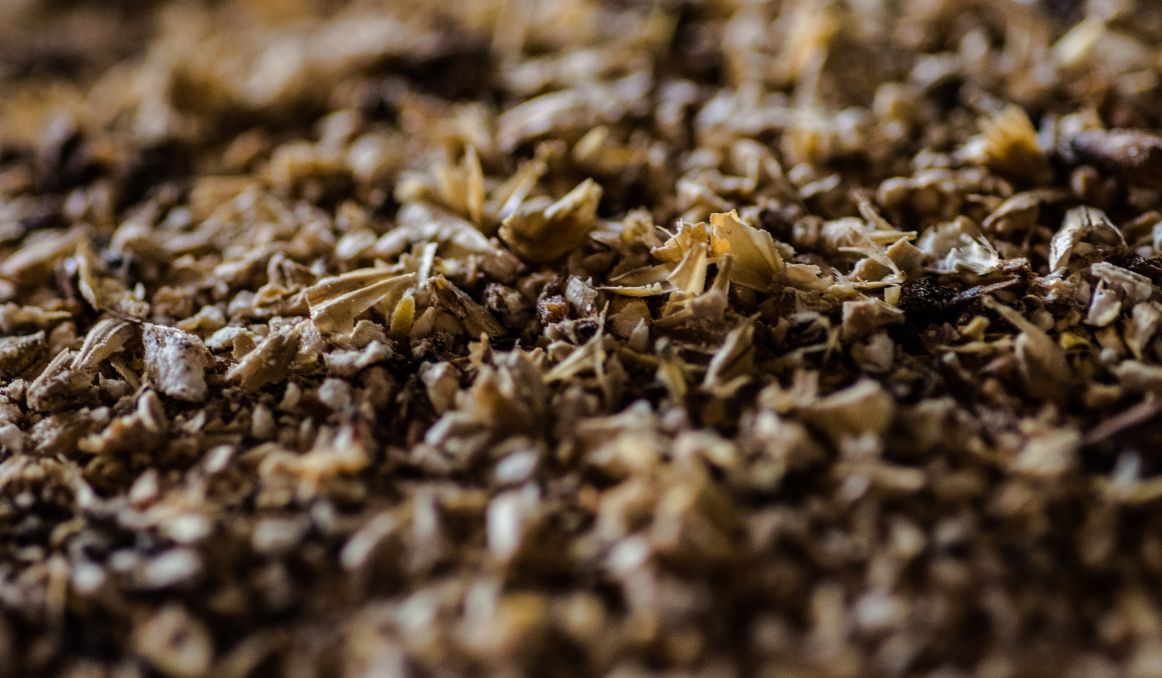
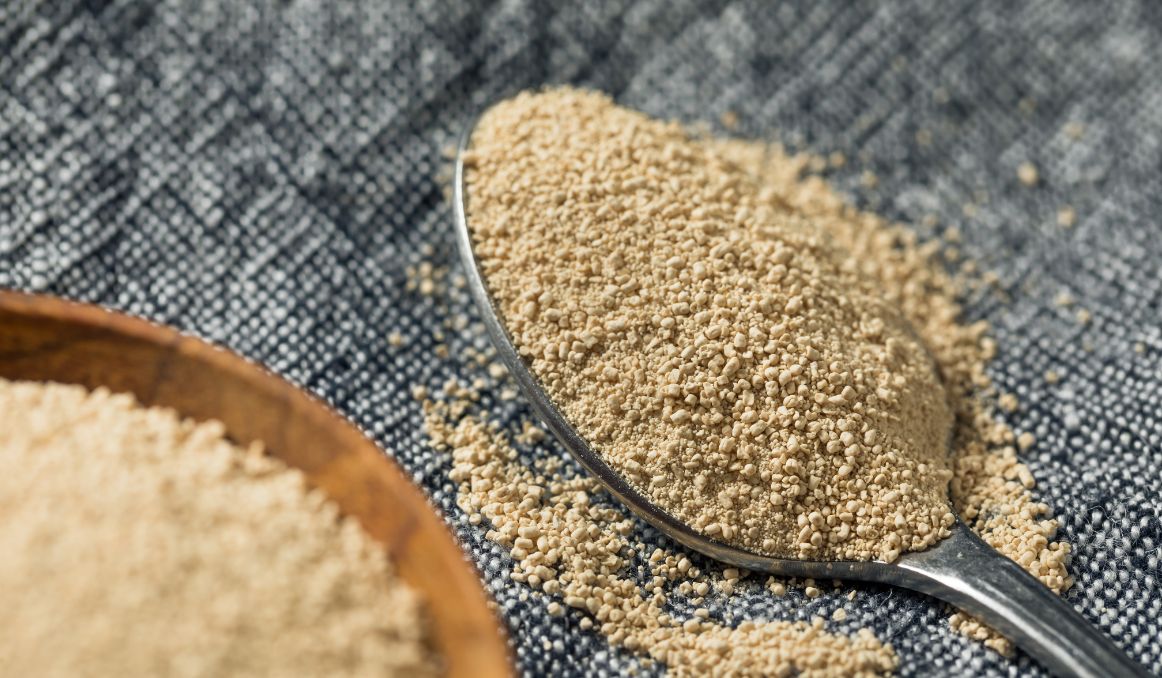
Yeast Pitching: Yeast pitching refers to the addition of yeast to the cooled wort. The yeast is responsible for fermenting the sugars in the wort, converting them into alcohol and carbon dioxide. Prior to pitching, the yeast is usually propagated and prepared in a separate vessel to ensure its viability and health.
Cooling: After boiling, the wort needs to be rapidly cooled to a temperature suitable for yeast fermentation. The cooling process is crucial as it helps prevent the growth of unwanted microorganisms and facilitates the optimal performance of the yeast.
Aeration: Aeration, or oxygenation, is the process of introducing oxygen into the cooled wort. Yeast requires oxygen during its initial growth phase to reproduce and build healthy cell populations. Adequate oxygen levels help yeast cells multiply and establish a strong fermentation.
During the fermentation process, the green beer refers to the beer in its early stages of fermentation, shortly after yeast has been pitched into the wort. At this point, the beer is typically characterized by its "green" or undeveloped flavors, as the yeast is actively converting sugars into alcohol and producing various byproducts that contribute to the beer's final taste and aroma.
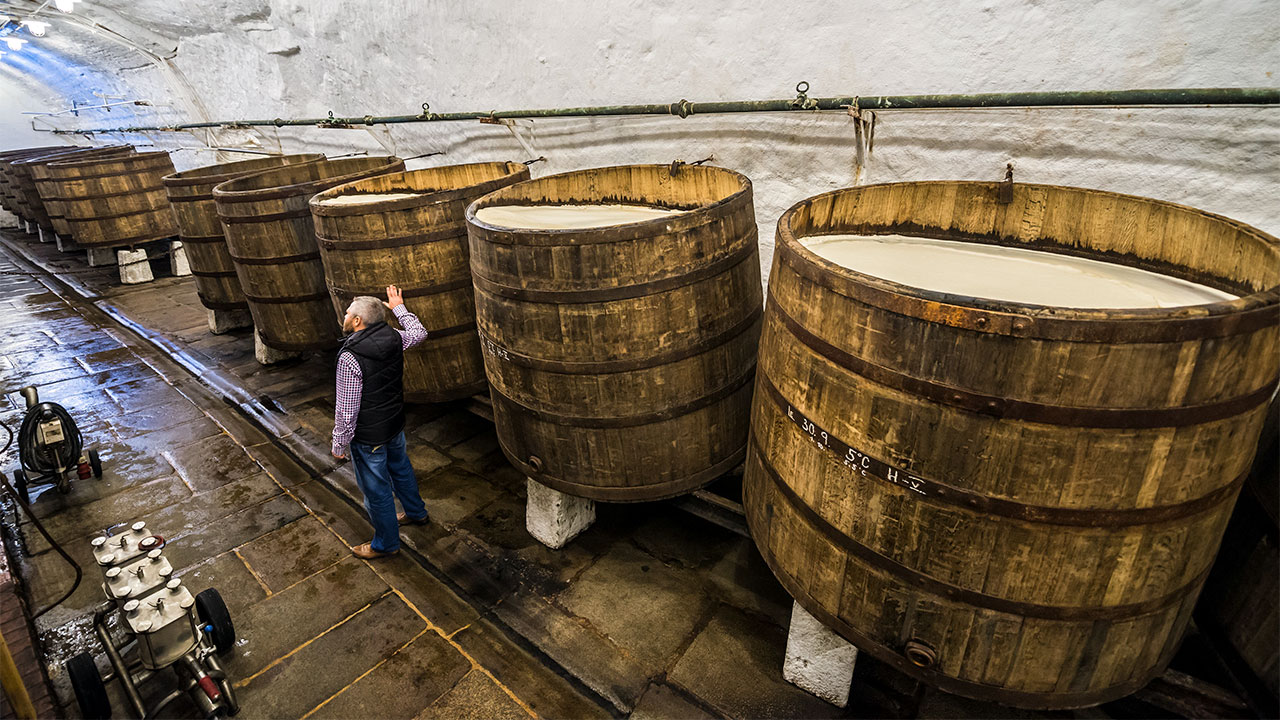
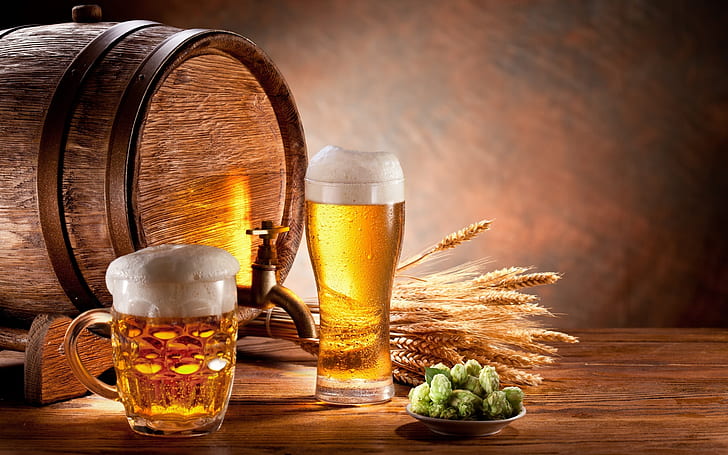
Young beer refers to beer that is still in its early stages of maturation and conditioning, immediately after fermentation. It is often used to describe beer that has not undergone an extended aging process or conditioning period.
Filtration is a common process in beer production that occurs after fermentation and conditioning. It involves passing the beer through a filtration system to remove any suspended solids, yeast, and other particles, resulting in a clearer and more visually appealing final product. Filtration serves both aesthetic and practical purposes in beer production.
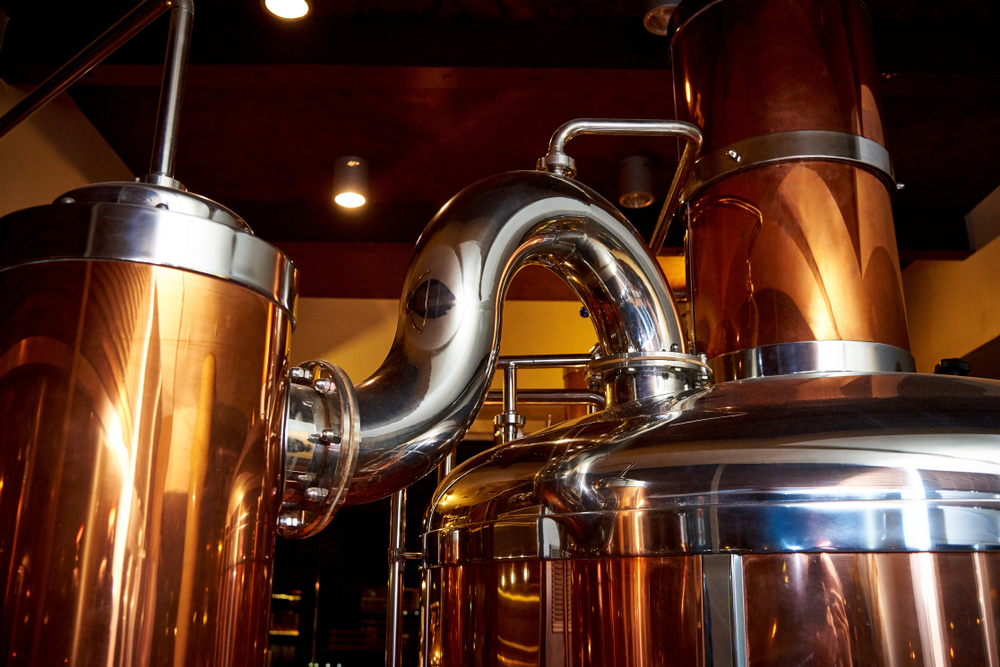
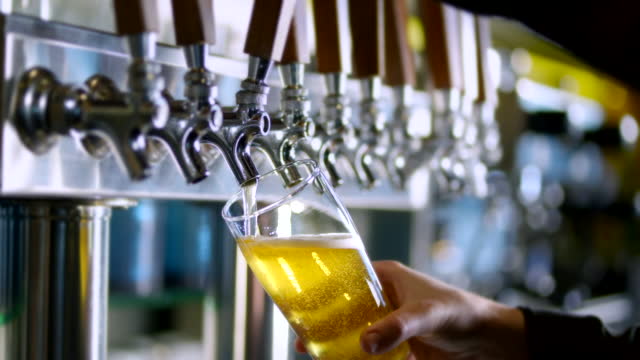
Draught beer, also known as draft beer or on-tap beer, refers to beer that is served directly from a keg or cask rather than being packaged in bottles or cans. It is commonly found in bars, pubs, and restaurants, where it is dispensed from kegs through a tap system.
Bottled and canned beer refers to beer that is packaged in bottles or cans for distribution and consumption. These packaged formats offer convenience, portability, and extended shelf life compared to draught beer. Bottled and canned beer is widely available in retail stores, supermarkets, and convenience stores.
